After the first 5-day working inside the office, I had to get a sense of the city Manila which I will stay for the following three months. Most people suggested me not to take MRT but the taxi to wherever I want to go in Manila. But I decided to have a try because I want to know why it is not recommended. In addition, I don't need to negotiate with the taxi driver how much I want to pay and want to avoid traffic congestion on the road.
Some facts about the Metropolitan Manila which has a population of about 21millions, nearly the same number of the whole Taiwan, while there is only one MRT (metro rail transit), two LRTs (light rail transit) and two national rail lines for public transport, in addition to buses, jeepneies and cars. There is a serious lack of capacity by urban transit system to serve such size of population. Four more MRT lines and the extension of national rail lines are proposed.
(P1) This picture taken from the condo unit I stay near Ortigas MRT station.
(P2) The pedestrian along the major road to the MRT station.
(P3) Public transport network in Manila (source: website)
(P4) Waiting for MRT on Saturday afternoon
I did some homework before I departed. My plan is to take MRT from "Ortigas" southbound to "Taft Avenue" where MRT connects with LRT and then to take LRT at "EDSA" northbound to "Central Station" where is the nearest LRT station to Intramuros. It looks easy and straightforward but the experience of interchange was confusing to me. There are several aspects of difficulty,which reasonably put people off. Firstly, the ticketing of MRT and LRT is not integrated. Secondly, due to the lack of capacity, coaches are very crowded. I was afraid that whether the trains could get broken in the middle of transition. The first coach is suggested for the female only, but it is not very restricted. I still saw some male guys on it. Thirdly, there is a poor design of getting the direction with smooth movement within the station and lack of signage for direction. In the case of Ortigas MRT station, I was getting into the station from the part of ticketing space near the northbound platform. For the southbound trip, I have to go outside that ticketing space and to get down another floor to a cross bridge. There is no sign to let people know how to get the other direction. I would like to argue that the crowdedness of MRT and LRT services and lack of integration made the MRT and LRT as the public transport modes for the poor or so-called less wealthier people.
(P5) Arriving at Taft Avenue on an esclator to LRT, looking at outside roads. A typical jeepney on the road. Jeepneys provide public transport by the private.
(P6) My waiting for LRT, the first coach for woman only.
(P7) The street scape along the LRT near EDSA (name of the LRT stations).
(P8) outdoor view during the transit ride on LRT to Central Station)
To see the real living environment of ordinary residents in Manila has to take a ride on LRT which goes through these busy, crowded, disordered and lack-of-maintainance scenes. From picture 8, the divide between the poor and the rich can be easily sensed . On LRT, you will immediately get a close look at these settlements, in contrast to all modern offices and commercial tall buildings in remote and disconnected Makati City in the background of the picture.
(P9) A major urban motorway in between Intramuros and Central stations of LRT. Jeepneies are everywhere on the street.
(P10) My frightening adventure on a peddle bike when time was running out.
I mis-calculated the time I needed to get to Fort Santiago at 4pm ready for the Tour by Carlos Celdran. When I got out of Central Station. It was 20 minutes to 4pm. I totally lost my direction how to get to Fort Santiago. I asked a young guy who told me to take an underpath to cross the big road as you can see in P9. But when I got to the other side, I need a quick ride to get there. I was targeted by these street peddler, but I was not prepared to know how much I should pay for that. Three of them competed to give me service. What I concerned more is how much time I needed to get to the meeting point of the tour. The price was going from 200 peso to 40 pesos. Two of them were quarrelling and eventually I took the third one with a payment of 50 pesos. Although setting in the peddle bike is not comfortable on the uneven roads, at least I arrived on time at 4pm and could join the tour. Ironically, before the tour started, all the people who joined the tour were suggested to buy some refreshments like water or snacks. After all that, I spent 64 pesos to get there in 1.5 hours but I bought a small bottle of water which costs me 65 pesos*. Mileni, a girl I met in the tour, who spent 200 pesos by taxi to get from Makati city to Fort Santiago.
(*: 40 pesos = 1 US dollar, 60 pesos= 1 GBP, 40 pesos= 30 New Taiwan dollars)
(P11) A site map of Intramuros (source: Wikitravel)
(P12) Carols Celdran, the dramatic guide. The fee is P1100 for adult. P600 for students.
(P13) Carols Celdran illustrated the original logo of San Miguel Beer which is a local brand and well-known worldwide.
(P14) San Miguel Beer ( source: Wiki)
(P15) Carlos is an excellent performer to illustrate the history of Manila, everyone is very interested and engaged in his way of story telling.
(P16) Looking back at Plaza Moriones
(P17) Getting into Fort Santiago
(P18) Carlos who was illustating the US Rule period with his performance. very funny.
(P19) Carols told us all the first arrival of modernity and prosperity in Manila leading the whole South-East Asia under the US rule (high rise buildings, cinema, movie, tramway system...etc). I used to know HongKong was regarded as peral of the orient. But actually, at that time, Manila was the first "Peral of the Orient" (東方明珠).
(P20) The Pasig river which is very polluted with all the sewage from household waste, industrial development along the river etc.
(P21) Part of the exciting tour- all people got on board to have a short ride around. I suddently felt this is also included in the fee. By doing this, Carlos also helped local people to get income from tourists. All run by local private initiatives.
(P22) Me and Mileni who I met in the tour and a great company. I am regretted that I did not ask for her full name. She is on a working trip to Jakarta, Bangkok, and Manila on behalf of her government (Canadian International Development Agency) on the subject about human rights. She is a project manager.
(P23) Right next to the driver with the real experience on the road.
(P24) An interesting scene with various modes of transport : horse, peddle bike, car, taxi, motorbike, and walking... all on the road.
(P25) Carols' tour takes place almost everyday. Local residents who live inside the historical site are seating on sidewalk to welcome these tourists.
(P26) Tourists (including me) are fond of being taken pictures in memory of this experience.
(P27 / P28) A scene where Carlos was telling a bloody and sad history during WW2: the Massacre by Japanese troops, General Douglas MacArthur, etc.
(P29 / P30) Walking to San Agustin Cathedral. The building inside the historical site has a mixed style.. (Spanish, Asian...etc.)
(P31) When we get to San Agustin which is one of the world heritage and the oldest Church in the Philippines, My camera run out of battery.
(P32) There was a wedding ceremony in the preparation. We were not allowed to enter.
(P33) Our last spot- eating "Halo-Halo" which means mix-mix and listening to Carlos.
(P34) Halo-Halo- also part of the tour and a perfect ending after all these walks of 2.5 hours.
(P35) Makati City- shopping corridors well-connected overground.
(P36) The return on MRT. Much better and less crowded than this afternoon.
(P37) The condo building I stay at night- BSA Twin Tower.
When we finished, it was about a quarter to 7pm. We asked for help to get a taxi back to where we stayed. I was with Mileni. But we could not easily catch any taxi within the Intramuros. So a Philipino couple who also joined the tour suggested us to take peddle bike together to get to Central Station. Over there, there would be more chances to get a taxi. We get on a peddle bike. My second time within a day. The driver took us through all the local residental and commercial areas, playing loud music. Literally it is a community within the historical wall where people scrolled, worked, chated, etc on the street and beside the street. The scene I have never experienced before. People look at us who are outsiders in a peddle bike served by a local driver. Just an imaginary scenario coming out of mind: they could easily attack the peddle bike we were in. We were a bit terrified and even did not take any photo of it.The time over there stands still. I could imagine it looked like the post-war era in Taiwan (the living conditon and the life style). In between, 7-11 and MacDonnold could be seen adjecently as very strange shops, which reminded us and brought us back to the 21th century.
It is not easy at all to get a taxi even in Central Station. We finally get one which was helped by a local guy who asked for tips when we got on a taxi. I gave him 20 pesos which are the changes from the peddle bike. I could actually take a LRT to get back, but I accompanied Mileni to Makati City where her hotel is located. By the chance, I could also visit Makati City which is the largest financial CBD in Manila. Coincidentally, her hotel New World is exactly situated in front of Greenbelt Mall which was recommended a lot by colleagues in ADB. I walked from there to the MRT station Ayala through three well-connected Mega Malls. I decided to have another visit next week to Makati here including visiting museums !
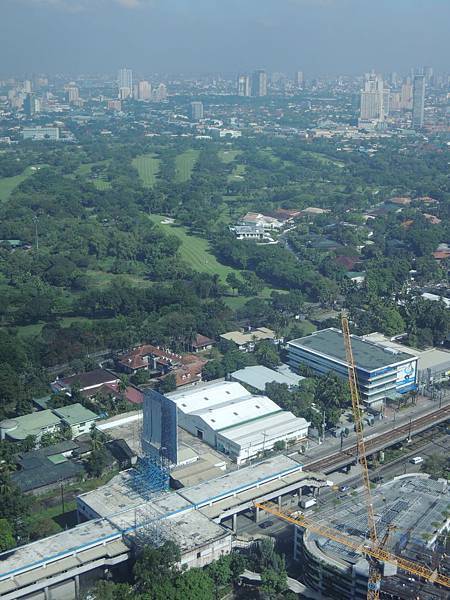

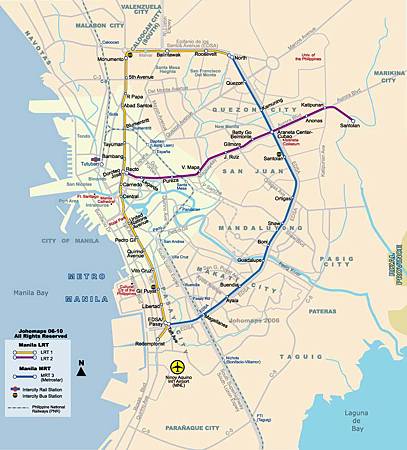
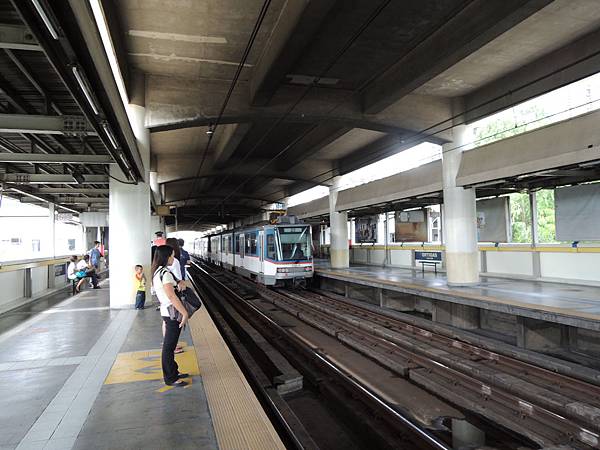


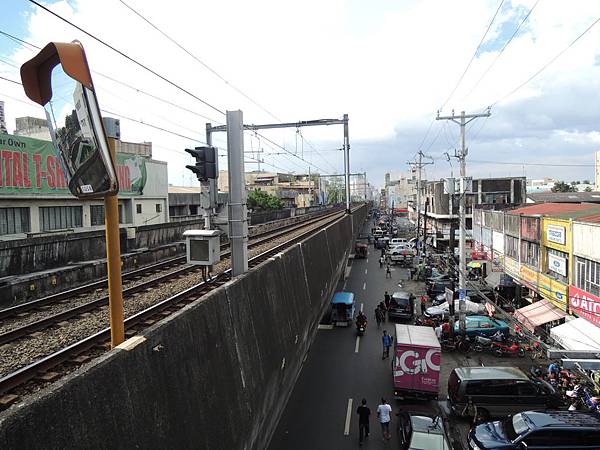

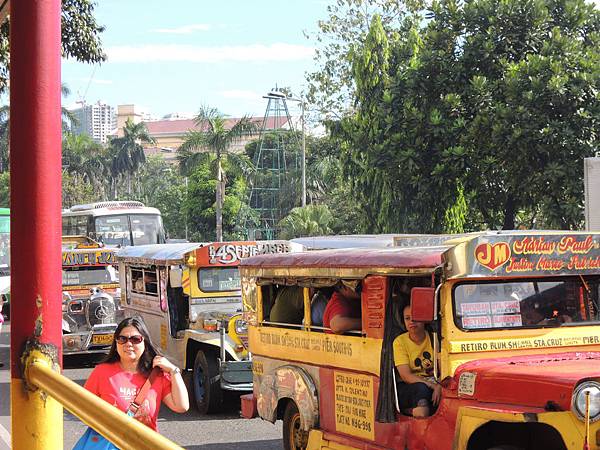

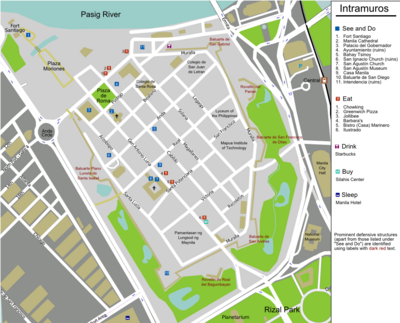


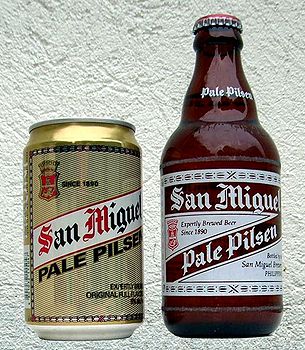


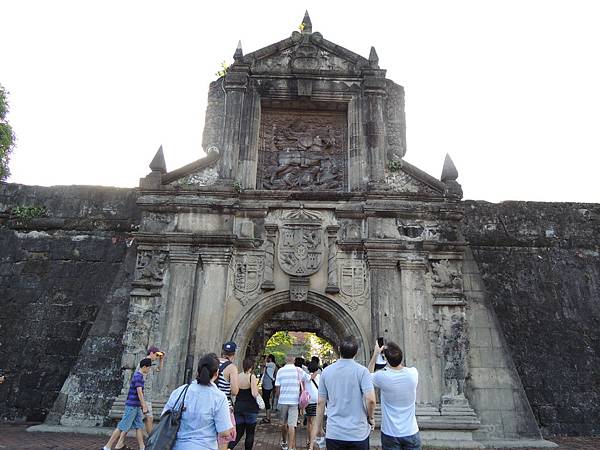

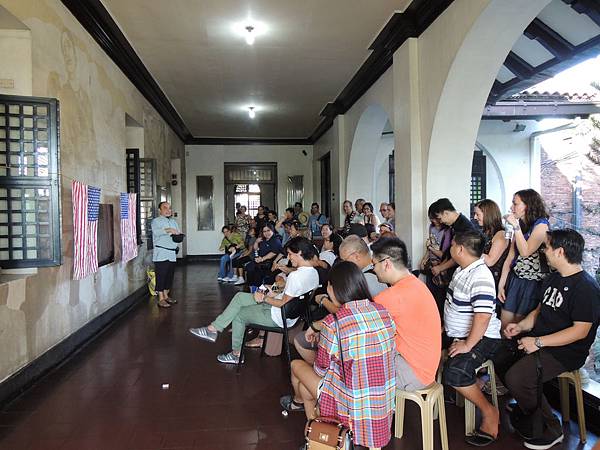



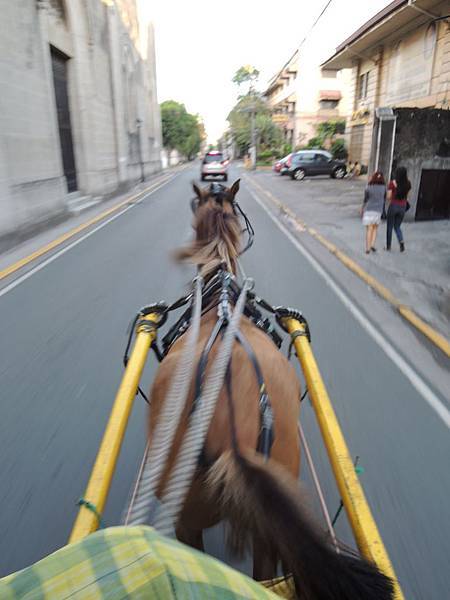

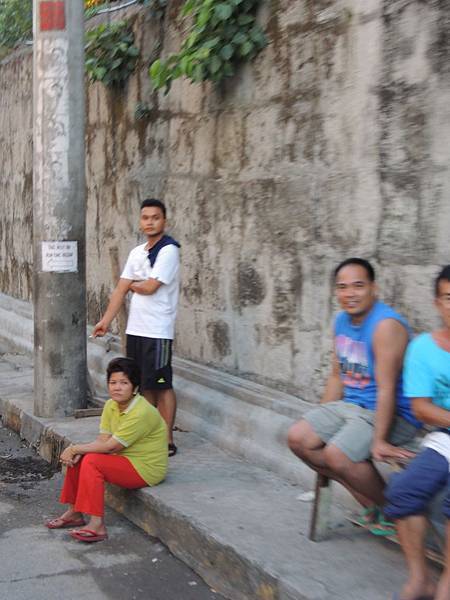

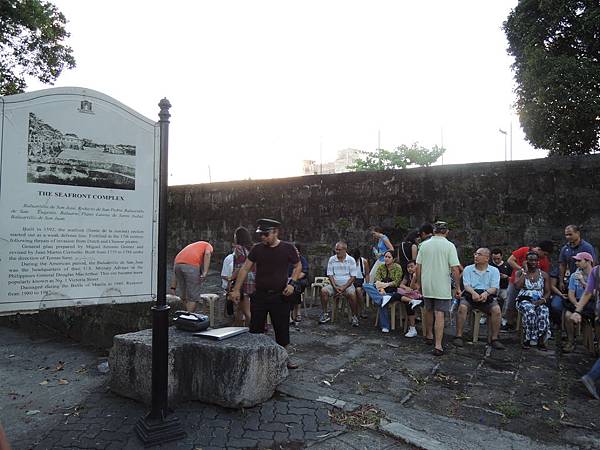

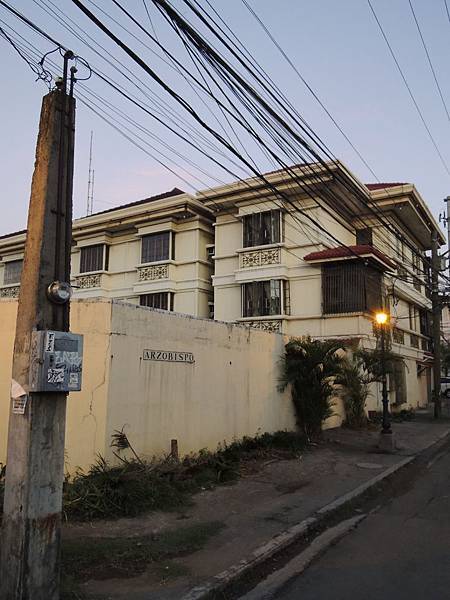

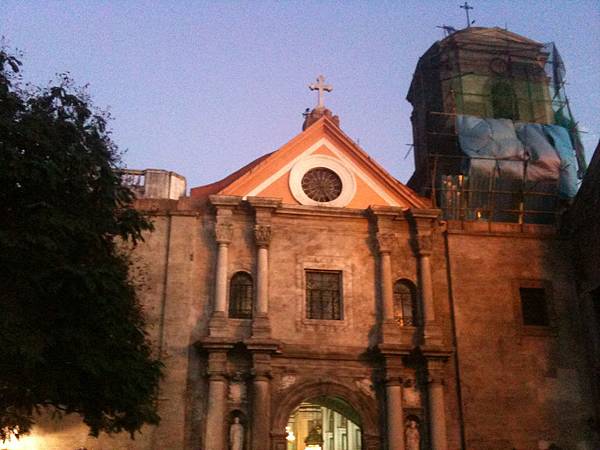

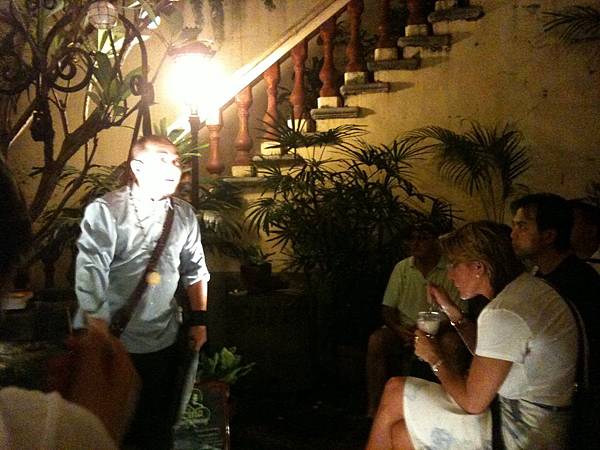






 留言列表
留言列表